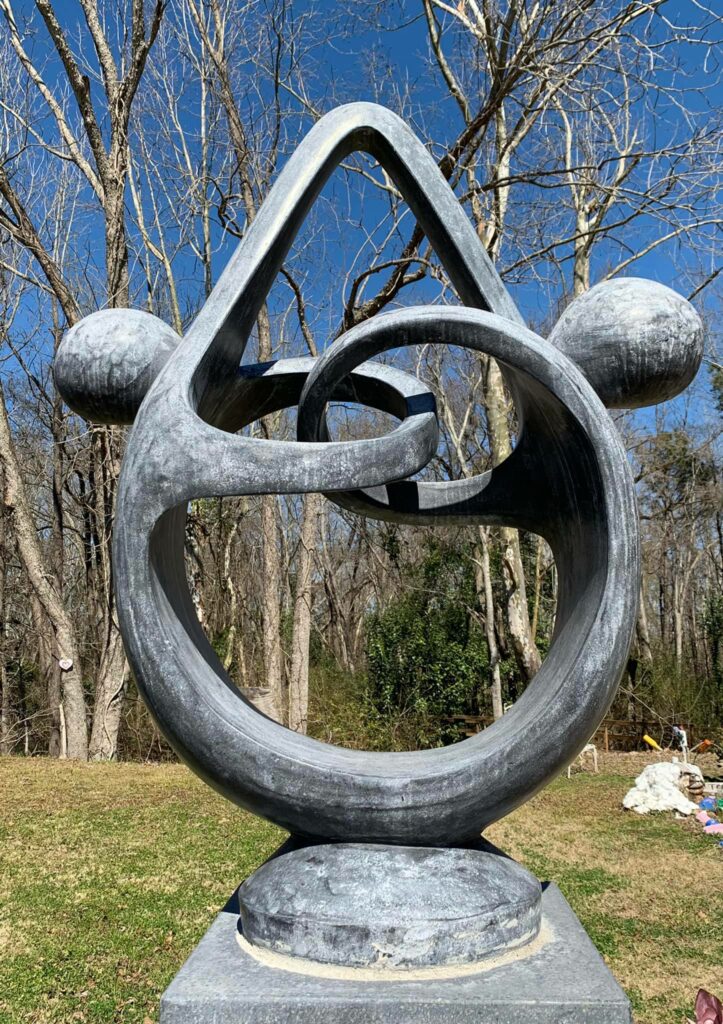Reflections from Selma
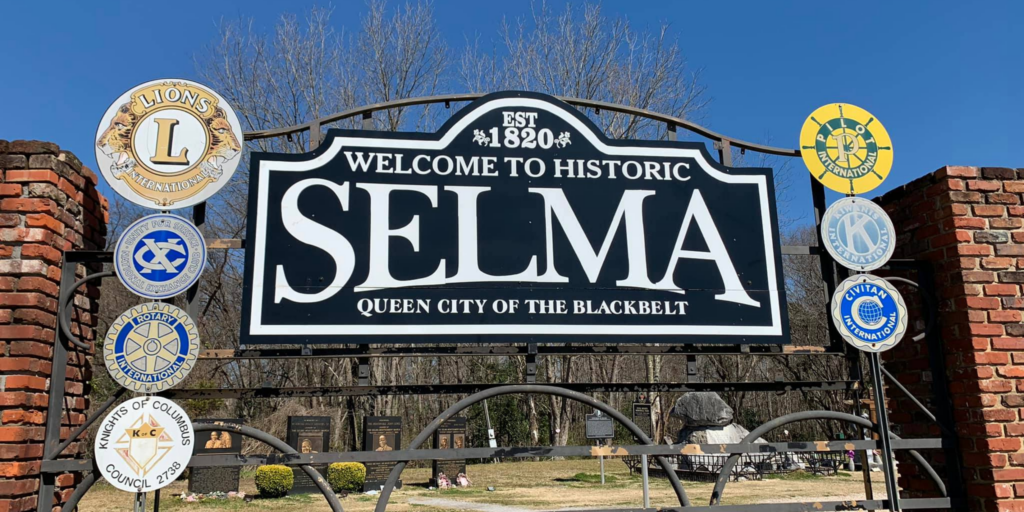
By Irene Barton, Cobb Collaborative Executive Director
While today is the last day of Black History Month for 2022, there is a need to keep Black history at the forefront because there is still much work to be done toward racial equality and social justice in our nation.
Since watching the funeral of Representative John Lewis in July 2020, a good friend and I talked about making the drive to Selma, Alabama to visit the Edmund Pettus Bridge in Selma, Alabama. This bridge, which is now a National Historic Landmark, was the location of what has become known as “Bloody Sunday” in civil rights history. On Sunday, March 7, 1965, a then 25-year-old John Lewis led over 600 marchers across Edmund Pettus Bridge in a nonviolent protest for voting rights and equality for Black Americans. They were met and brutally attacked by state troopers. I distinctly remember the first time that I saw a documentary about Bloody Sunday and began to more deeply understand the sacrifices that were made during the decades-long voting rights movement.
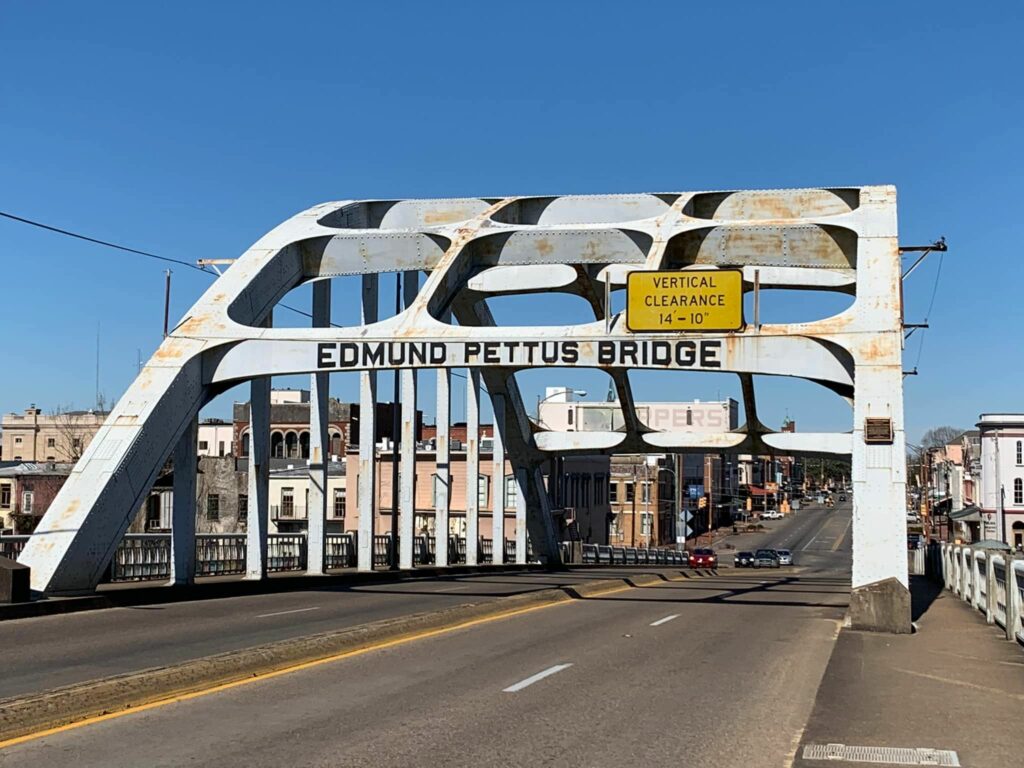
On Sunday, February 20, 2022, my friend and I finally took our road trip to Selma to visit Edmund Pettus Bridge and pay our respects. I have to admit, it was an emotional experience as we approached the bridge and drove over the spot where Lewis and the other marchers were violently and senselessly beaten on that date. We visited the memorial park at the base of the bridge which is home to tributes to Hosea Williams, John Lewis, and the tomb of the unknown slave. We then drove to the Brown AME Church, the gathering spot to plan the marches and other activities, as well as being the starting point for many historic marches.
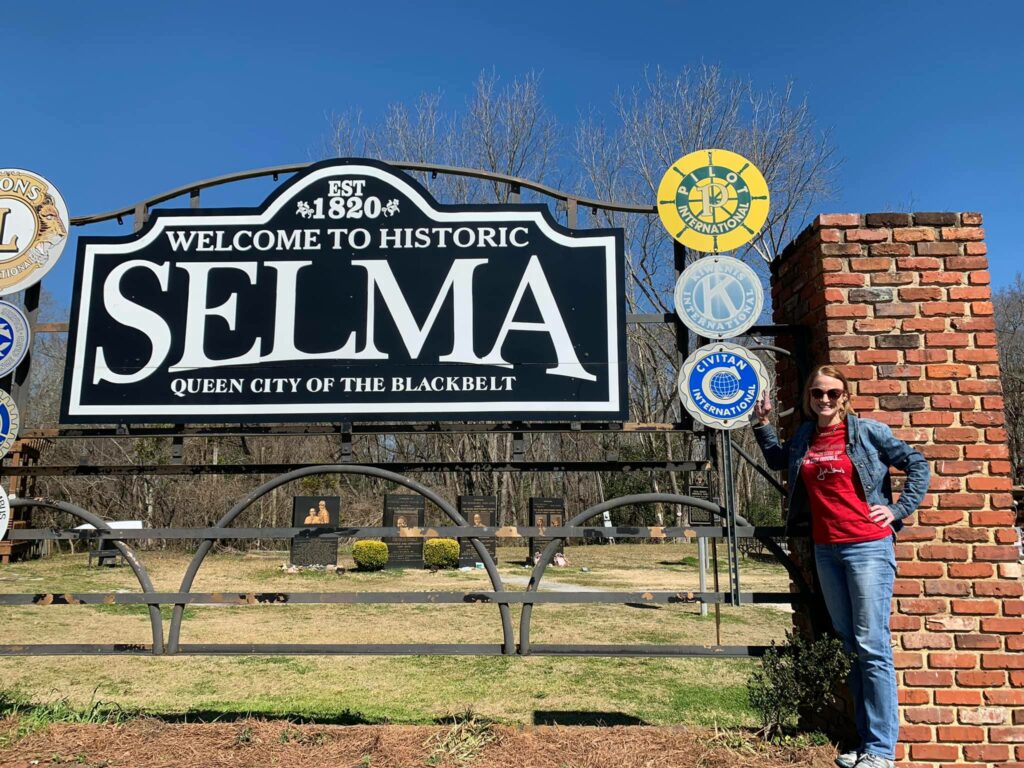
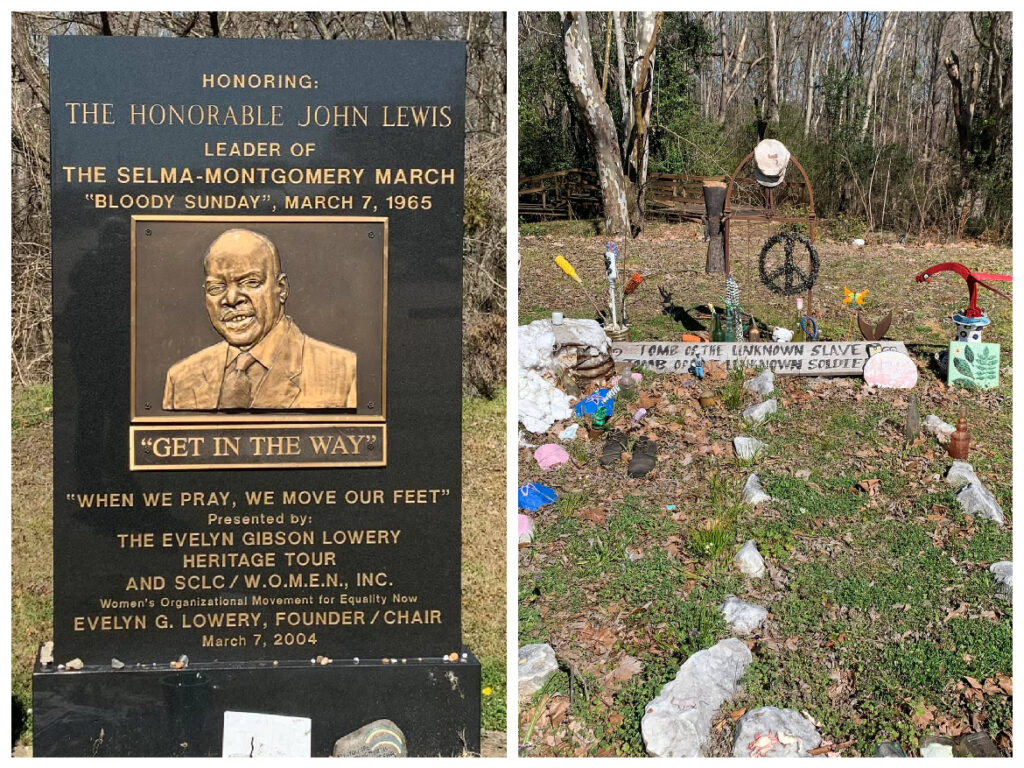
As I stood on the bridge and reflected on the events of that day and the resulting tragedy, I was struck that this attack on fellow American citizens happened not that long ago, relatively speaking. I also learned that in March 1965, only 156 out of approximately 15,000 of Dallas County’s (where Selma is located) voting-age Black residents were registered to vote in 1961. This represents only about 10% of the Black population of that area in 1965. Thanks to the valiant efforts of nonviolent protesters like John Lewis, the Voting Rights Act was signed into law on August 6, 1965, but it was not without the cost of bloodshed.
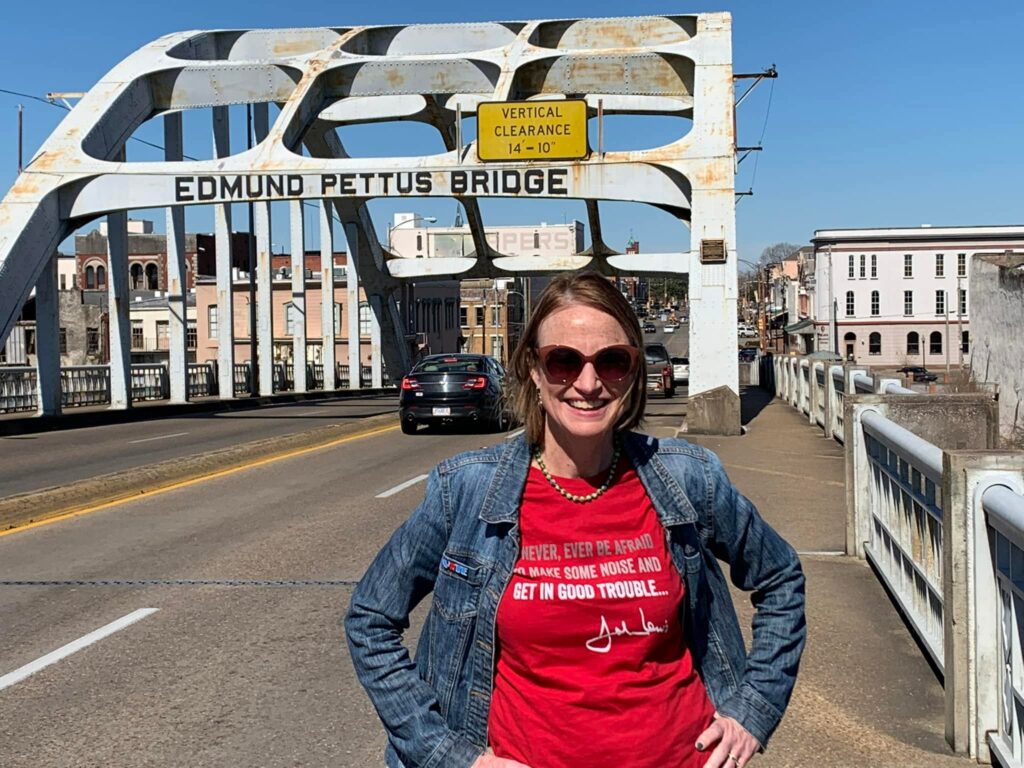
For those who are also interested in visiting this area to learn more, there is a 54 mile route between Montgomery and Selma that commemorates the 5-day Voting Rights March in 1965. Additionally, there is an Interpretive Center along that route and the memorial to Viola Liuzzo who was shot and killed by Klansman for driving marchers back to Selma.
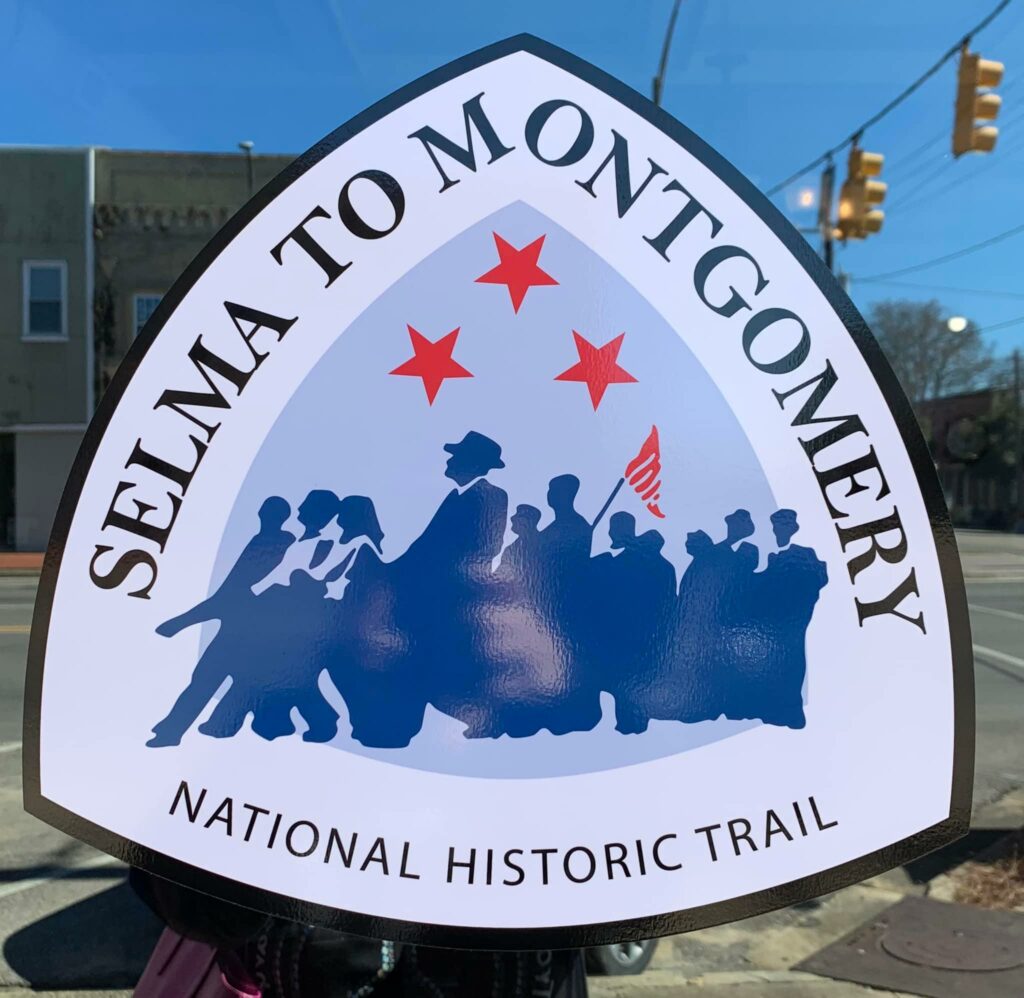
As we move forward from February into the rest of this year and beyond, let us all be encouraged and empowered to learn more about Black history. As we collectively recognize the injustices of the past, we can work together for a better and brighter future for all.
